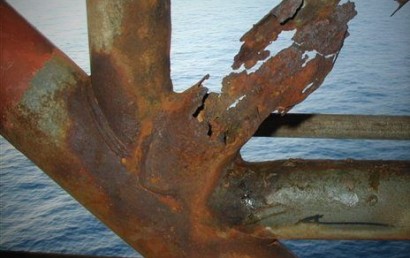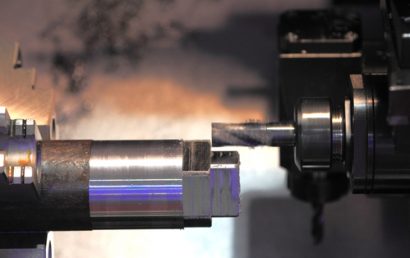How Do You Test The Quality Of Surface Coatings?
One of the most critical areas in the thermal spray industry involves testing the quality of the surface applications. A range of tests is needed to verify the coating formulation’s strength and wear resistance, and also allow engineers to develop viable solutions to produce tougher and more effective coatings for organizations in the automotive industry, agricultural industry and more.
Quality Test 1: Corrosion Resistance
Thermal spraying coating processes are known to protect materials and parts from degradation caused by corrosive elements. The test for a coating’s corrosive resistance is often carried out in a salt spray environment. The coating will be subjected to an extremely corrosive environment for a fixed period of time and then be evaluated for any signs corrosive damage.
Quality Test 2: Taber Abrasion
Taber abrasion tests are highly regarded as one of the quickest, simplest and cost effective methods of gathering comparable signs-of-wear data from a multiple coatings. Coatings that undergo this quality test will be subjected to cyclic abrasive forces that are created by specialized Taber wheels. Measurements will be taken before and after the test to help generate mass-loss data.
Quality Test 3: Tensile and Shear
For this particular quality (mechanical) test, the tester will require a specimen from the preparation phase to create a testable sample. Once the sample, which is the coating, is ready, it will set and mounted to a metallic fixture with epoxy. The test sample will then be tested in tension or shear until failure. It is useful to note that coating test samples will be tested for shear fatigue in accordance with ASTM F1160. It is also imperative to use the right adhesion to adhere the sample to the fixture before strength tests are carried out.
Quality Test 4: Metallographic Evaluation
In this test, thermal spray coatings will be evaluated and the results generated include a wide range of data which mostly relates to coating flaws. For example:
- Interface contamination
- Delamination
- Cracks
- Unmelted particles
- Oxide inclusions
- Void or porosity content
- Roughness
- Thickness
- Microstructure
Quality Test 5: Coefficient of Friction
This test is used to determine the coefficient of friction for a said coating. The process typically involves getting the measurement of both the dynamic and static frictional forces between two specified materials. Dynamic resistance is a type of frictional force that maintains motion, while static resistance is a type of force that initiates motion.
Quality Test 6: Pin-on-Disk Wear
Pin-on-disk wear is a tribological test and is a very effective method that can help characterize multiple factors such as the rate of wear between two materials, frictional force and the coefficient of friction. During this test, there will be a stationary disk articulating against a rotating pin while a constant load is being applied. Results from this test are often used for comparison studies between various coating formulations – before a part or component reaches its final design stage or manufacturing phase.
Quality Test 7: Hardness
Hardness tests are often performed on coating samples to determine their average hardness values as well as the same values from the coating’s thickness. There are common names to this test and they include Knoop, Vickers, Superficial and Rockwell.




